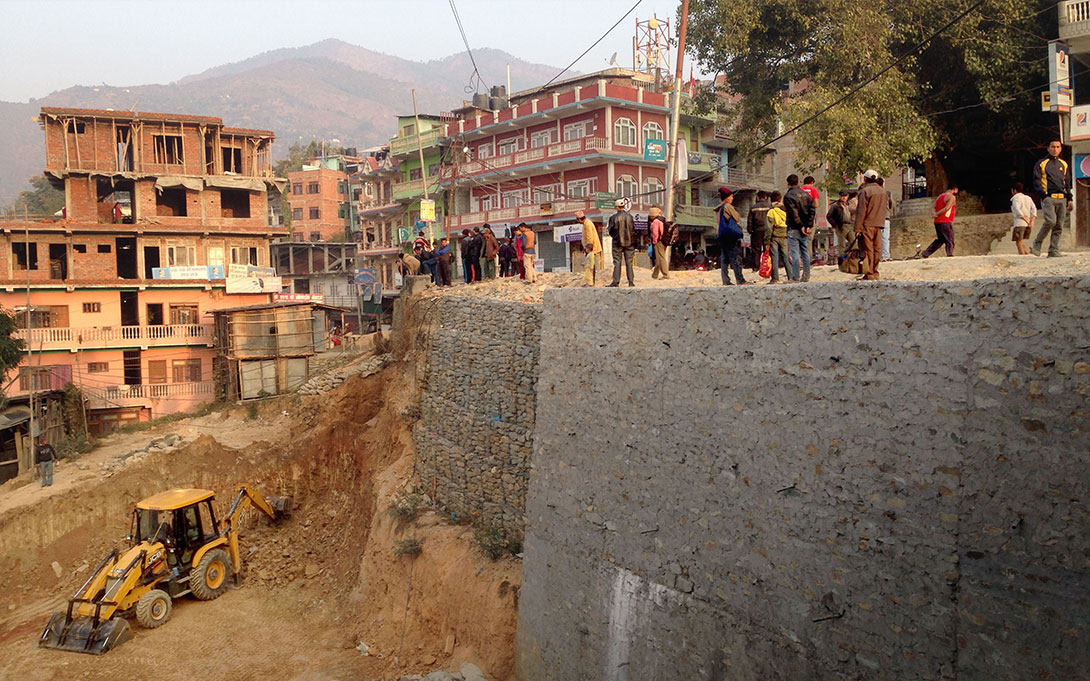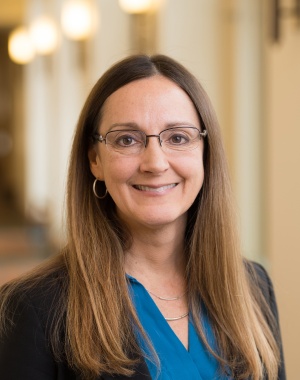
Human capital refers to individual-specific skills, knowledge and expertise to undertake and accomplish tasks. Social capital is the social connections and relationships of individuals and communities. How do these forms of capital affect people in the aftermath of a disastrous shock? Ford School professor Elisabeth Gerber, the Jack L. Walker, Jr. Collegiate Professor of Public Policy, and courtesy faculty member Arun Agrawal, the Samuel Trask Dana Professor at the School for Environment and Sustainability, examined the question with data gathered before and after the 2015 earthquakes in Nepal, using a novel machine-learning based analytical approach. Their work, The role of human and social capital in earthquake recovery in Nepal, co-authored with Wenman Liu (SEAS) and Suhyun Jung (West Virginia University) recently appeared in Nature Sustainability.
Among the paper’s key components:
- The study began in the year before the first earthquake and focused initially on evaluating the effects of an ongoing sustainable development intervention, the Multistakeholder Forestry Program (MSFP). To estimate the impacts of MSFP on rural livelihoods, they collected data in 2015 (before the two earthquakes) using a random sample of 1,064 households identified by Nepal’s National Statistics Office in 2012. The sampled households were distributed across the earthquake-affected districts in Nepal and experienced varying levels of impacts from the earthquakes. Looking at the data before and after the 2015 Nepal earthquakes allowed them to disentangle the association between post-earthquake income recovery of households and their social and human capital before the earthquake.
- The analysis shows the relative association of human capital with income recovery is greater on average than that of social capital, human and social capital serve as partial substitutes for each other when it comes to household income recovery, and the association of different capitals with economic recovery is nonlinear and heterogeneous across household education levels.
- The examination of combinations of human and social capital contributes to knowledge about how each may affect household disaster recovery individually, as well as their relative and joint contributions. It thus informs broader understandings of whether and how these forms of capital may complement or compensate for the effects of the other.
- The study advances the existing literature on post-disaster household recovery in three ways. One, it uses flexible multidimensional measures of both human and social capital—concepts that researchers operationalize using multiple proxy indicators—to address the complexity inherent in measuring these constructs. Two, it uses an analytical approach well suited to the challenges of multiple definitions and measures of social and human capital. Three, by acknowledging and modeling the complex interactions between human and social capital and a large number of covariates, the analysis generates more reliable assessments of the relationship between disaster recovery and human and social capital.
- The results suggest it may be possible to structure disaster-support policies with reference to human and social capital endowments for more effective recovery of disaster-affected households.
The full paper can be seen here.
